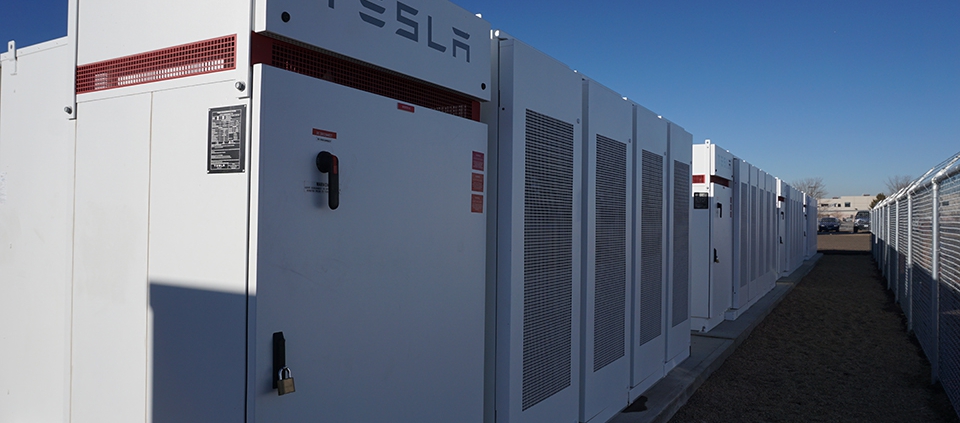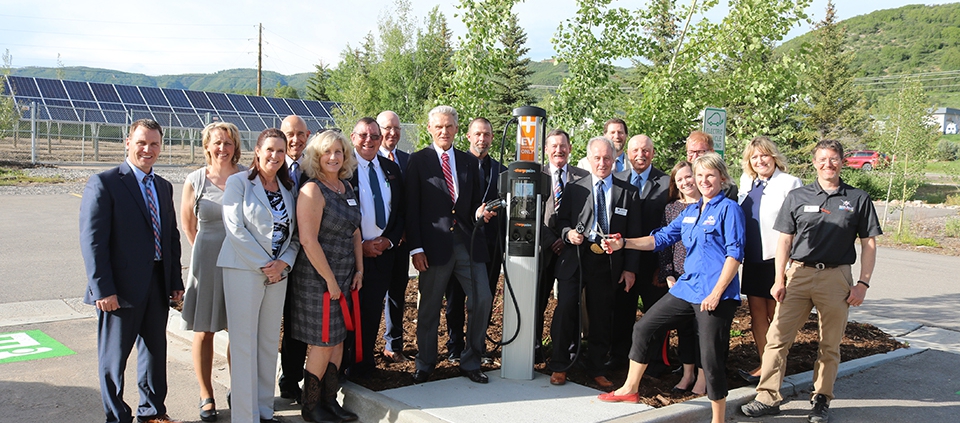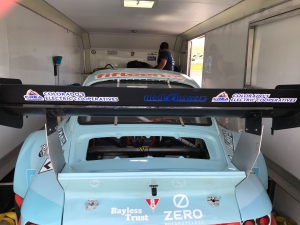Ways Your Electric Co-op Helps Protect You
By Amy Higgins and Erin Campbell
While the threat of cybersecurity attacks on the electric grid gets a lot of attention these days, physical damage from storms or critters is much more likely to disrupt power. There are many physical threats to our power delivery system that Colorado’s electric cooperatives work hard to manage on a daily basis. Because weather events such as snowstorms, tornadoes and hail, as well as criminal activity, including copper theft and shooting at a substation, can occur, it takes proactive commitment to consistently deliver reliable service. Even something as small as a squirrel can damage infrastructure and cause power outages.
“We prepare for a potential threat by ensuring that all of our systems are regularly patched, by eliminating legacy and unsupported systems/equipment, by providing in-depth end user training, by staying informed of potential exploitations/vulnerabilities that are happening around the globe and by continually evaluating, hardening and securing our infrastructure,” explains Heather Romero, manager of information technology at Empire Electric Association in Cortez.
Part of the community
One of the most valuable things about being served by an electric co-op is that you also have an ownership stake in the way the cooperative operates. Electric co-ops know their communities — cooperative employees live and work in the neighborhoods and towns they serve. You know many of your co-op’s board members and employees and, in turn, board members and employees are personally acquainted with or are a part of fire departments, county supervisor boards, emergency medical technician crews and more.
“WREA believes in the cooperative business model and the important role that our members play in that ‘biz’ model. We are our members; their participation and support is key to our success,” says Trina Zagar-Brown, general counsel and manager of member services at White River Electric Association in Meeker.
Emergencies can happen at any time, and these relationships in and around the co-op’s communities are important when urgently responding to unplanned events or in preparing for more predictable events, including winter storms or summer flooding. For example, when tornadoes roared into Morgan County Rural Electric Association’s territory in the Fort Morgan area in 2018, crews from Akron-based Y-W Electric Association responded by assisting MCREA with power restoration efforts. That’s because they’re part of one large cooperative community, and cooperation among cooperatives is an essential principle of providing reliable electric service.
Planning, preparing and practicing
There is a well-known saying: “It’s not if a crisis will occur, but when it will occur.” Electric co-ops test disaster and business continuity plans regularly and take pride in being prepared at all times. Plans not only focus on how to prevent threats, but also how to respond and recover in the event of an incident.
Shane McGuinness, Systems Administrator at Gunnison County Electric Association in Gunnison, says guidelines and tabletop exercises are the most effective way to prepare for an array of cyber threats. “Tabletop exercises act like a practice and can highlight important factors, when preparing for threats, such as communication,” he says. “When practicing … we include many local entities to create a realistic scenario. Many of our personnel will provide training and receive training from entities around the state to help build a robust group that is ready to adapt to fight any threat.”
GCEA’s cybersecurity practices include using existing scenarios to help identify how adversaries may attack. For example, the co-op thoroughly studied Russia’s attack on the Ukrainian power grid in 2015 and uses that information to help prepare for such a threat.
Electric co-ops place a high importance on partnerships with fellow cooperatives, industry partners and government agencies to mitigate the potential impacts of all types of threats to your electric cooperative. Electric cooperatives work closely with the rest of the electric industry, the North American Electric Reliability Corporation, the U. S. Department of Homeland Security, the U.S. Department of Energy and the Federal Energy Regulatory Commission on matters of critical infrastructure protection — that includes sharing necessary information about potential threats and working together to avoid disruptions to the extent possible.
MCREA utilizes the services of the National Information Solutions Cooperative for its cybersecurity protection. “We felt it pertinent to partner with a trusted resource that is able to provide a layer of protection via sophisticated software and active 24/7/365 monitoring of our computer systems,” explains MCREA Office Services Manager Robb Shaver. “Not only do they provide protection on a daily basis, [but] they also are in tune with any new/immediate threats that may arise on a moment’s notice.”
“Cooperatives frequently share knowledge and their best practices for many issues, including cybersecurity,” explains Kelli Root, IT manager at Yampa Valley Electric Association, which operates out of Steamboat Springs and Craig. “At a recently attended Colorado regional IT conference, various training options, availability security testing and protective options were discussed and have proved to be helpful. Technology is always changing and, therefore, security issues will also be changing.”
Your electric co-op is vigilant in ensuring protection from physical and cyber threats in order to power your lives. “We would like to encourage our members to always stop and think before acting,” says Drew Timmerman, IT supervisor at Durango-based La Plata Electric Association. Timmerman implores consumer-members to question any email, web browser pop-ups or phone calls with a sense of urgency to “fix” your computer or an account. “For example, we never email or call our members threatening to disconnect their electric service if they don’t immediately pay over the phone. If something doesn’t feel quite right, it’s likely a scam.”
“We also want our members to understand we have board policies in place to protect paper and electronic personal identifying information from unauthorized access, use, modification, disclosure or destruction,” McGuinness explains. “As the future goes on, we continue ongoing cybersecurity training to ensure the well-being of our members and power delivery system is held to its highest standard.”
Whether it is protecting consumer-members from a snowstorm-caused outage, a squirrel in a substation or a scammer, Colorado’s electric cooperatives are always evolving, staying up to date on how to best combat threats to their communities, because your electric co-op is vigilant about protecting you, its consumer-members.
Amy Higgins is a long-time freelance writer for Colorado Country Life. Erin Campbell is the Director of Communications at Iowa Association of Electric Cooperatives.













